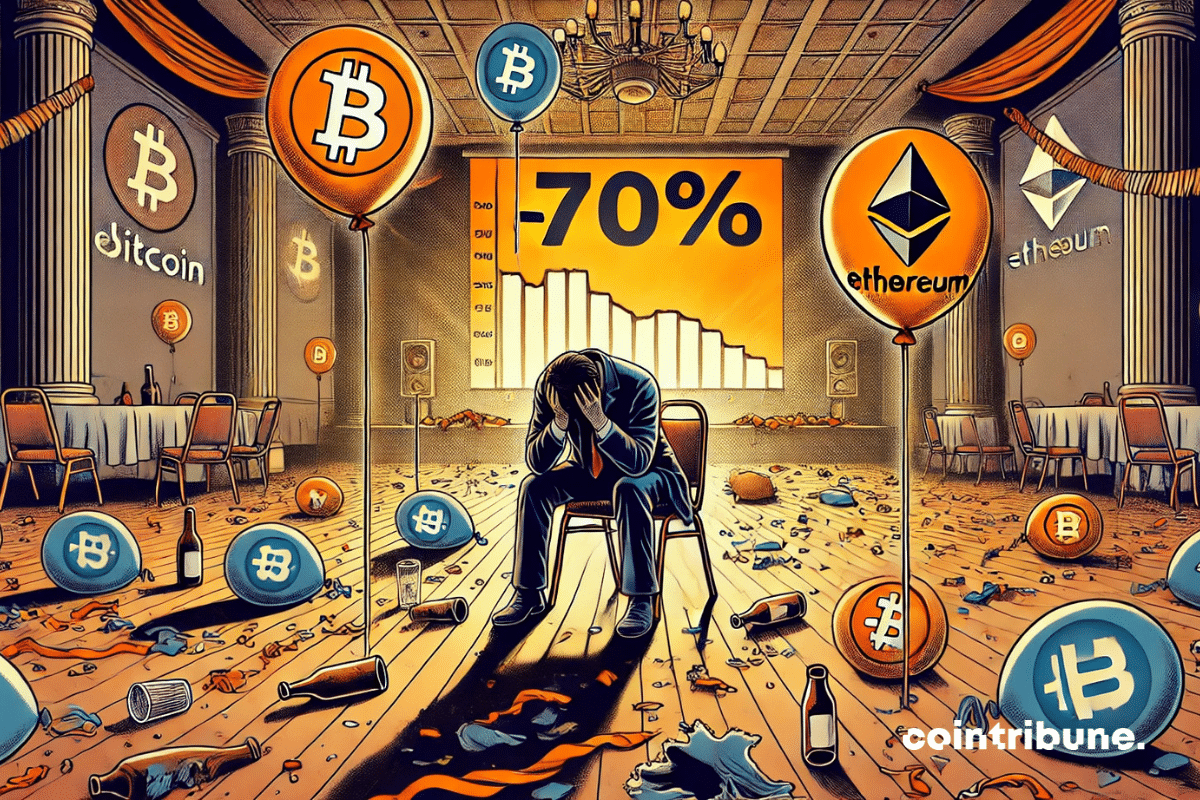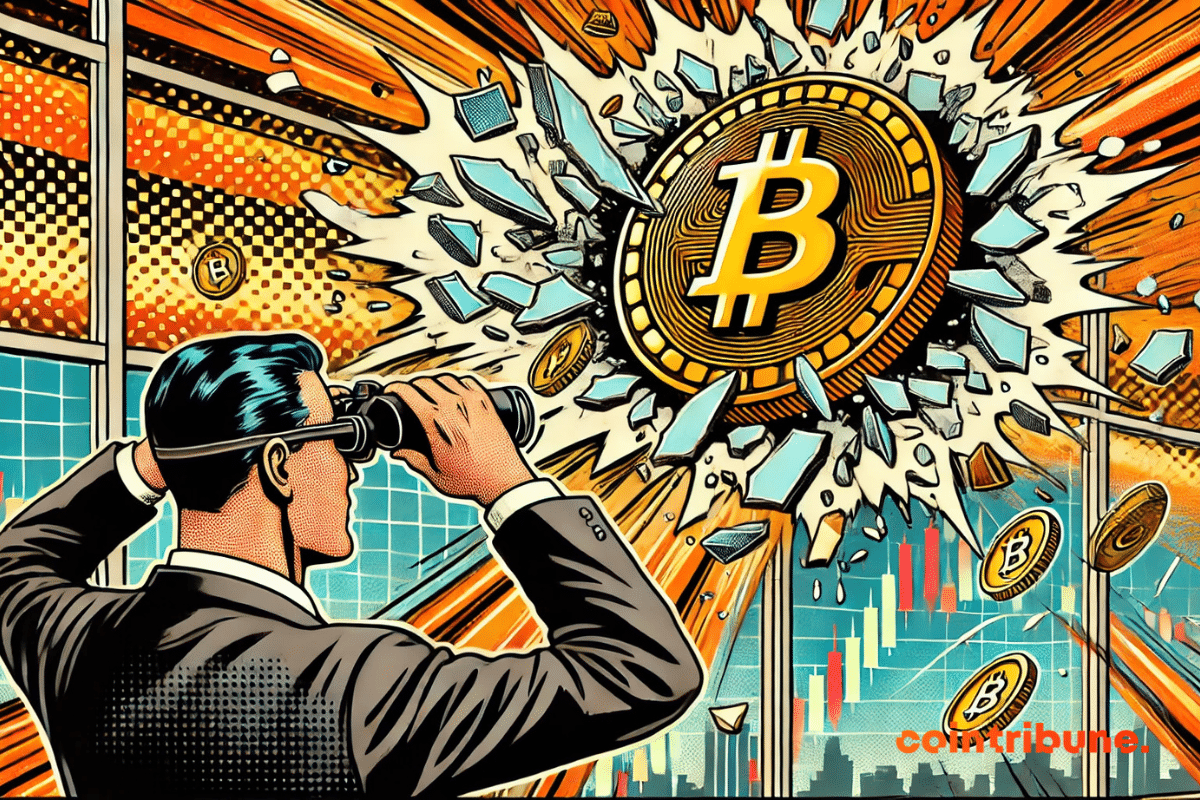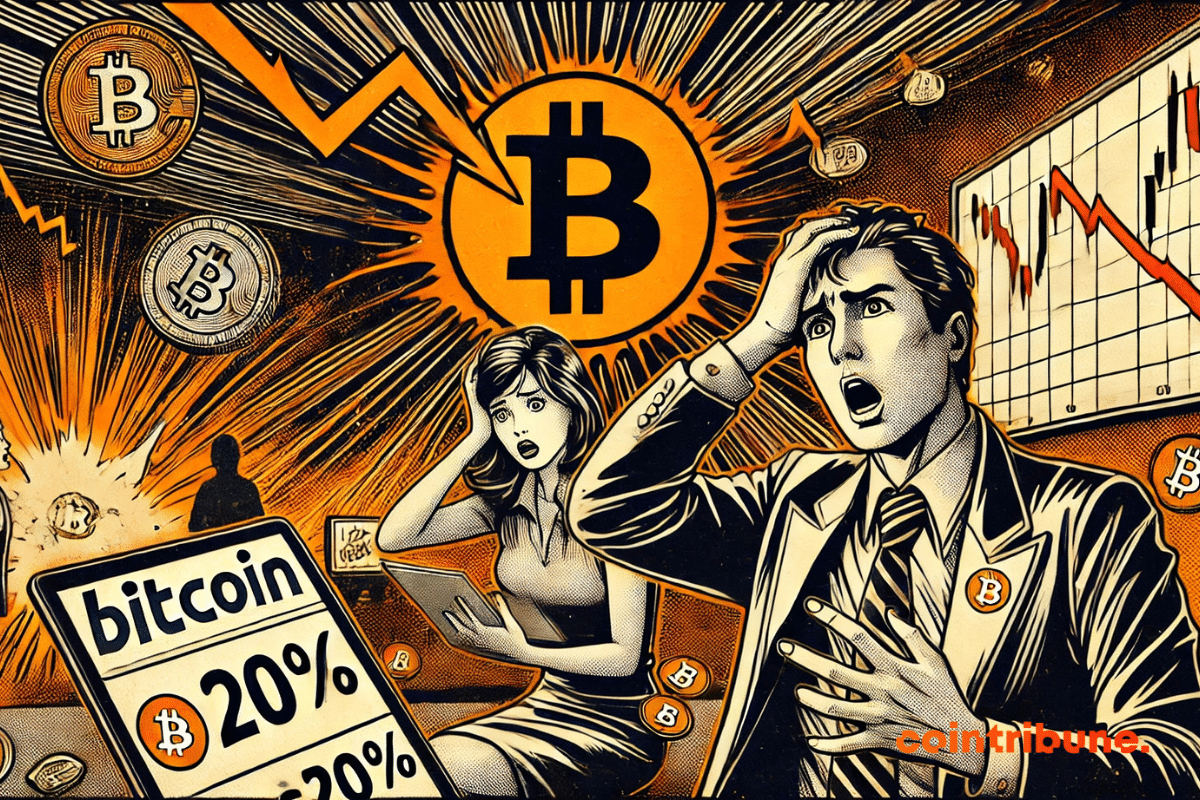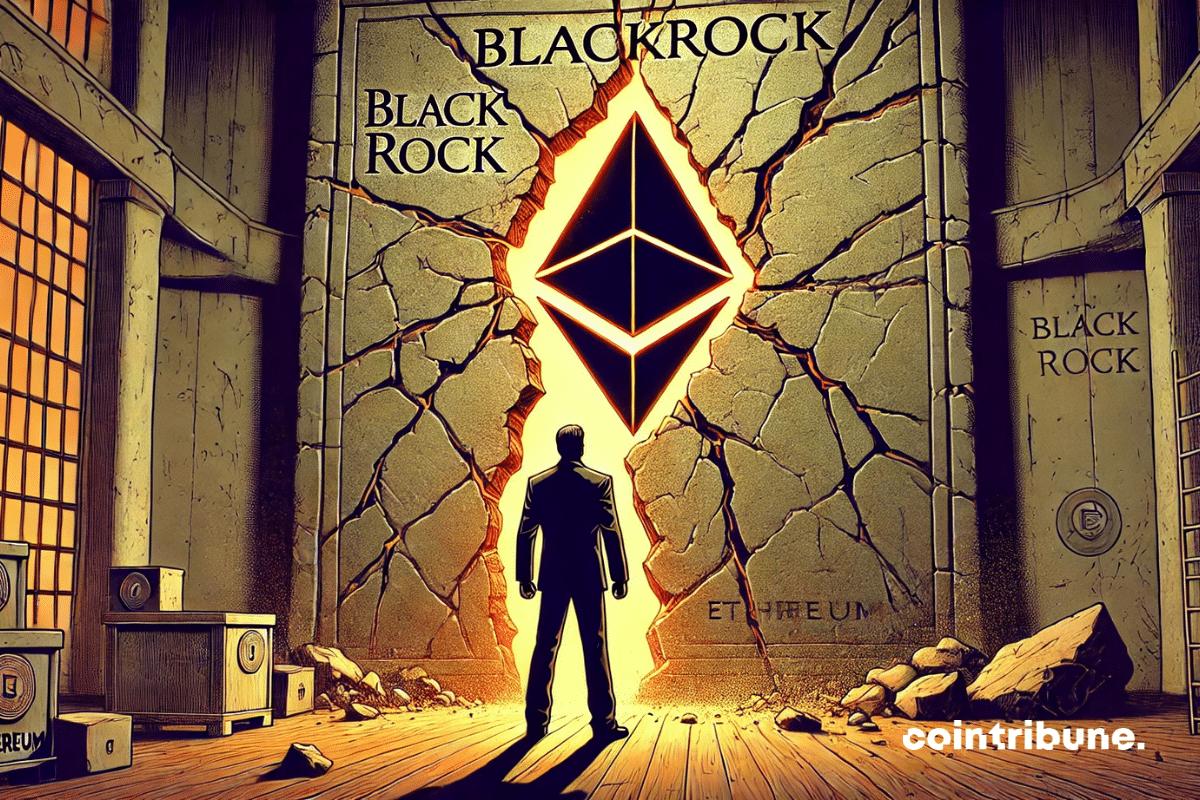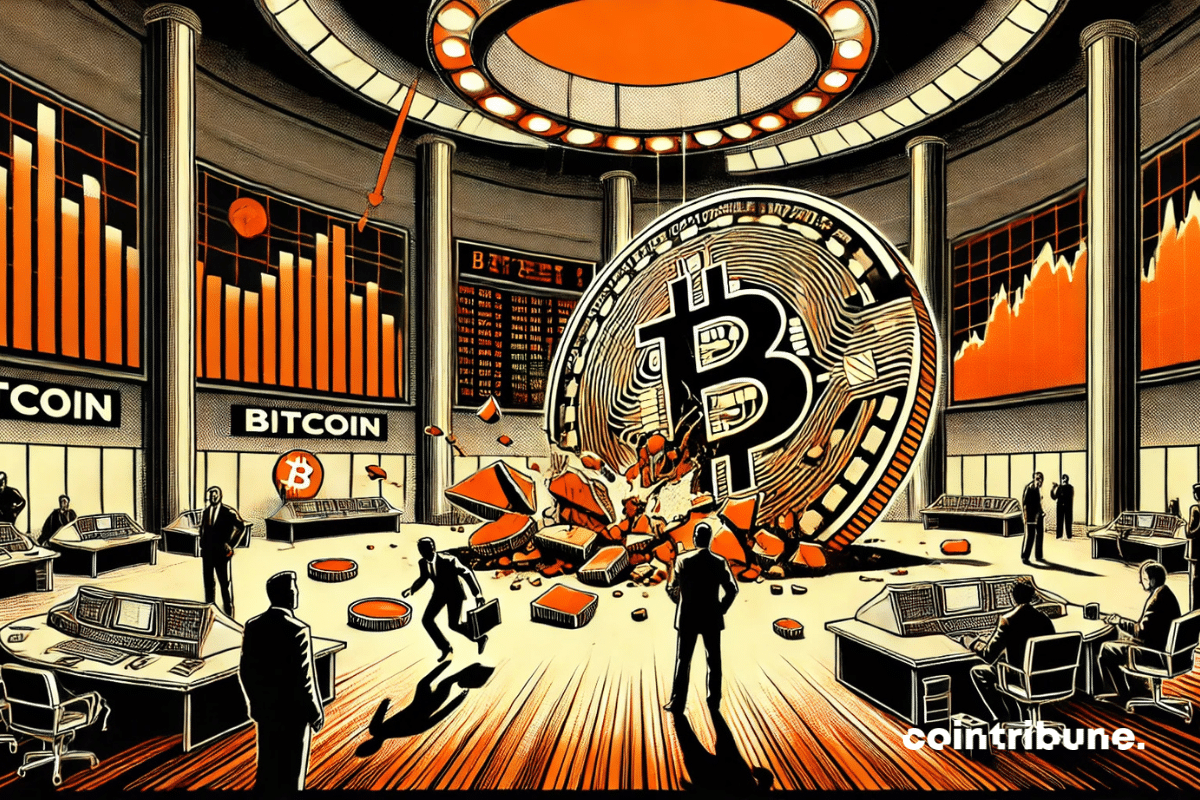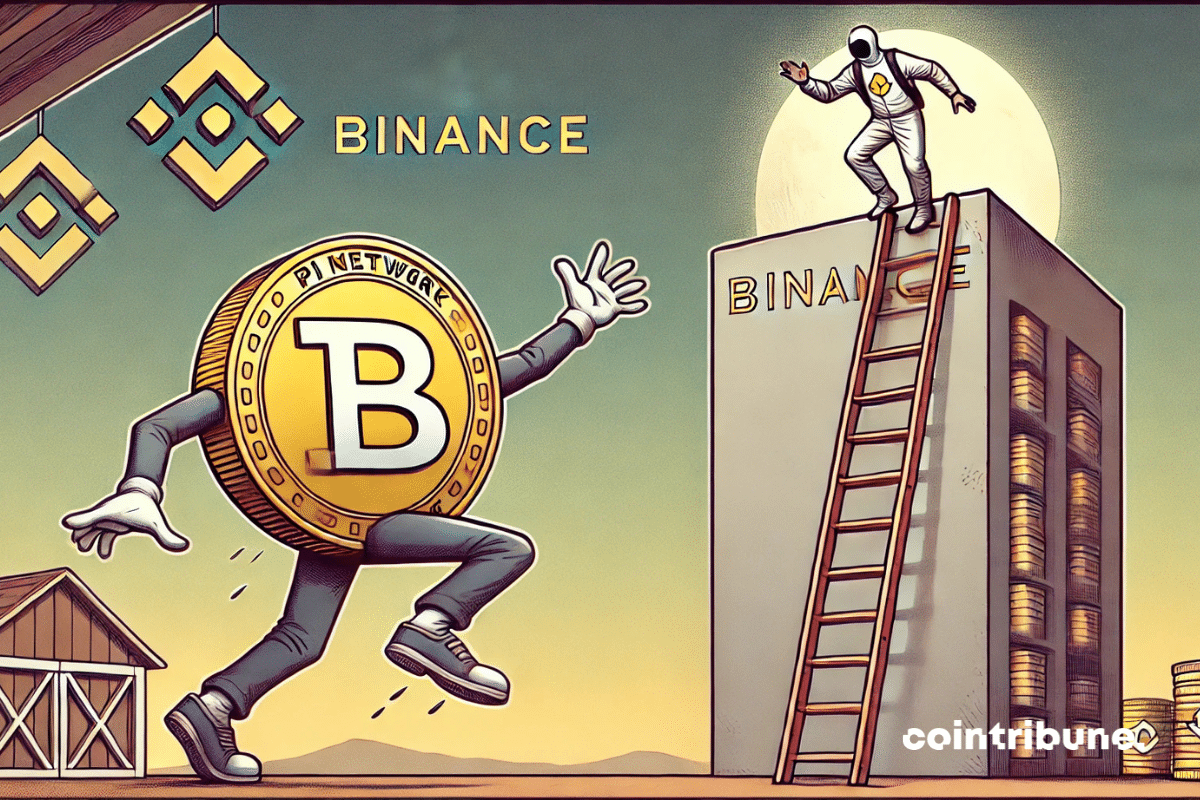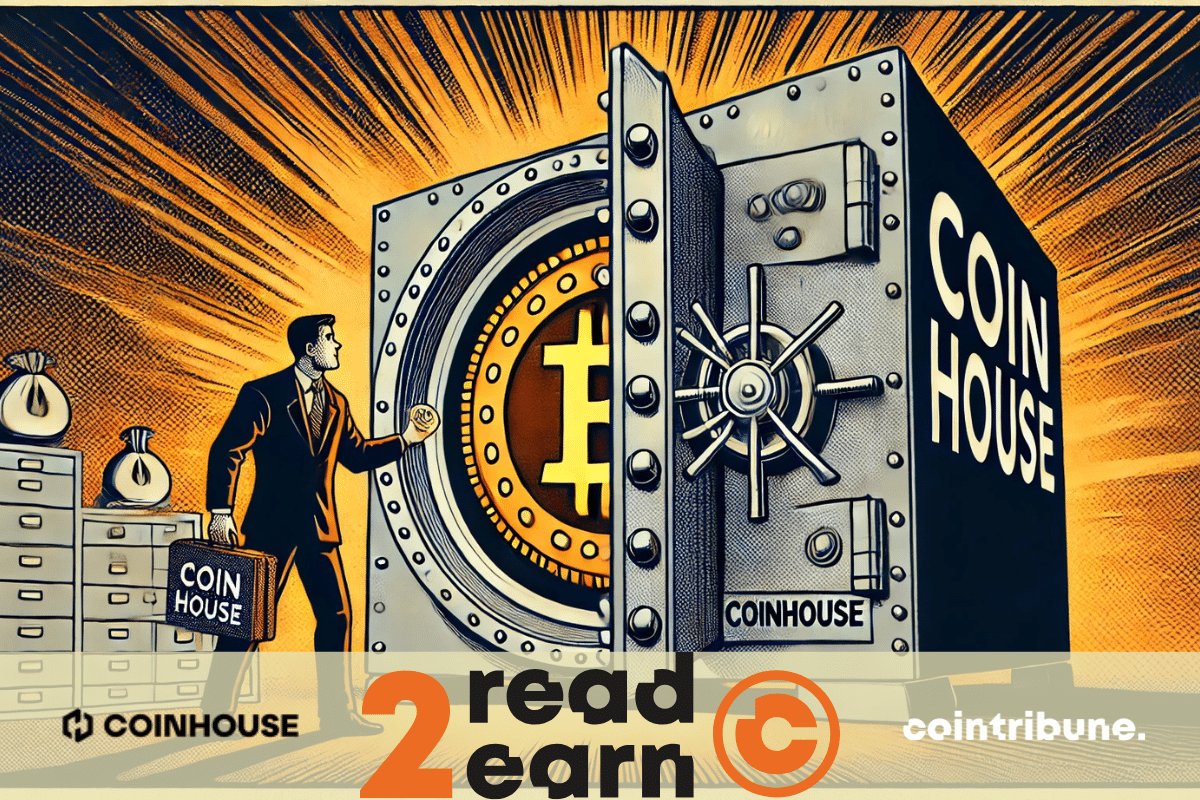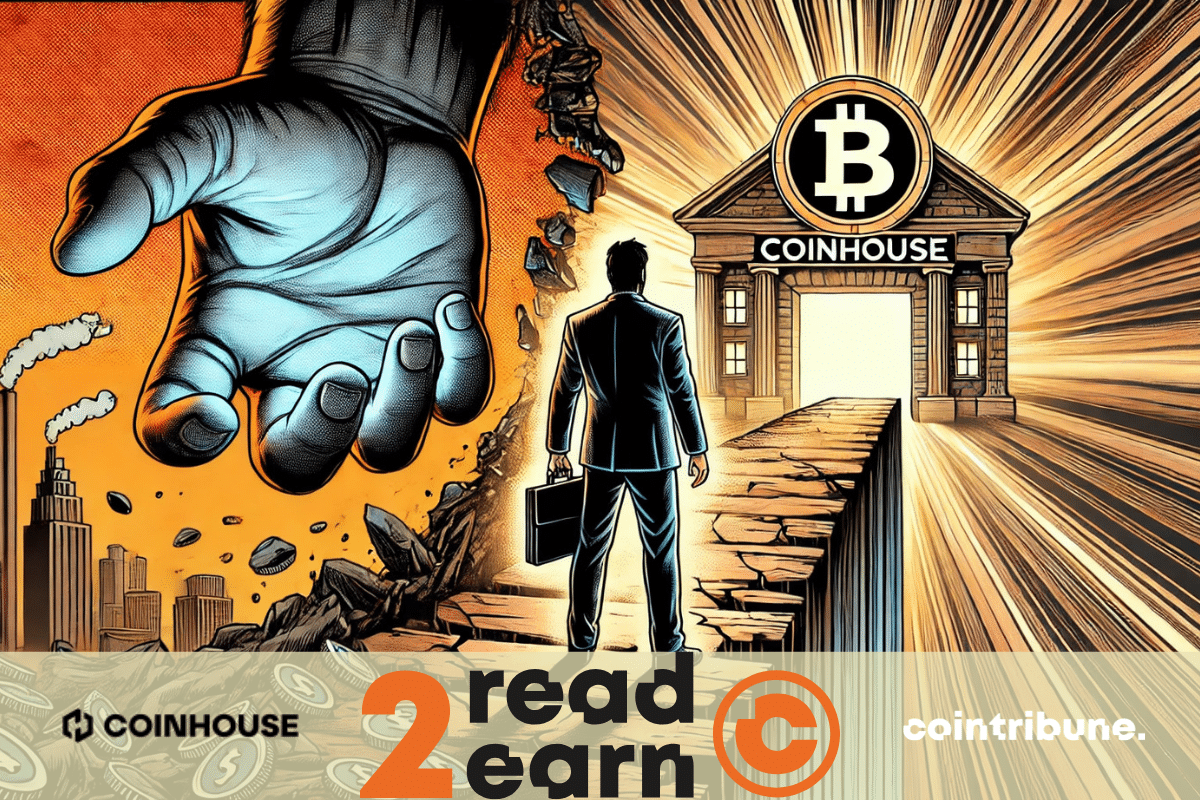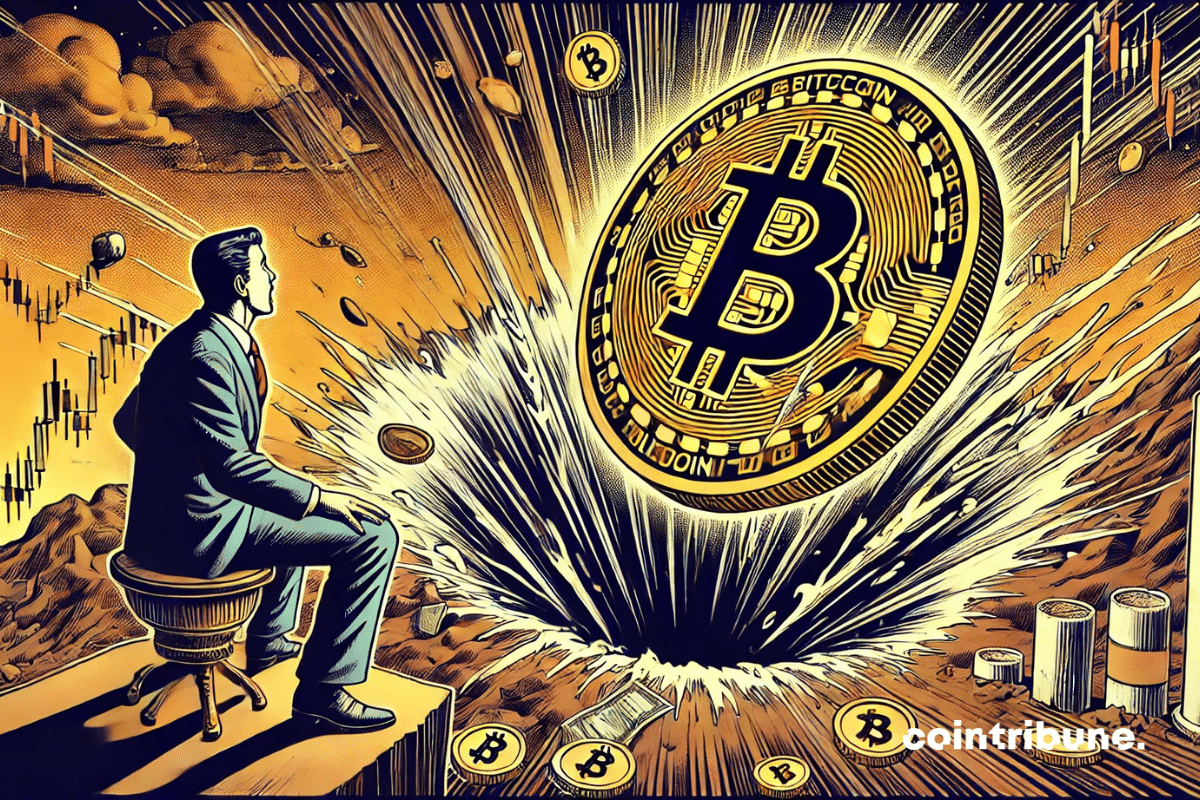A cold wind blows over crypto. The post-electoral momentum is fading. Bitcoin and Ethereum are wavering. The market looks elsewhere, uncertain, without a compass, waiting for the next breath.
Theme Trading
Announced as a strategic turning point, the integration of Pi Network into the Telegram wallet provided an unprecedented showcase for a project that already boasted a massive community. In an ecosystem where visibility can skyrocket an asset, PI seemed to be in a strong position. However, contrary to expectations, the token collapsed. The promise of accelerated adoption collided with the reality of the market. How can such a dissonance between the potential of an announcement and the brutality of a fall that raises questions about the project's solidity be explained?
Solana is experiencing an unprecedented surge in activity: 11.12 million active addresses. In a crypto market where actual usage now takes precedence over promises, this figure marks the return of a network that some said was losing momentum, now propelled by visible, measurable, and concrete adoption. This dynamic, more than symbolic, repositions Solana as a structuring player in the ecosystem, with clear signals of resilience and traction.
Bitcoin continues its downward spiral for the fourth consecutive day, hitting a low of $83,387 on March 28. Paradoxically, while small investors are panicking, "whales" are significantly increasing their positions, according to several market analysts.
In the crypto market, where turbulence is common, some declines stand out more than others. Pi Network, once seen as a promising project, has seen its price collapse to a historic low, shaking investor confidence. As the token struggles to gain ground on major exchange platforms, its trading volume is dropping, a sign of growing disinterest. Can Pi still rebound, or are we witnessing the collapse of a promise never fulfilled?
Predictions shape the crypto market, especially when they come from seasoned analysts. As Bitcoin surpasses $85,000, attention turns to its outlook. One statement particularly stands out: Timothy Peterson estimates a 75% probability that BTC will reach a new ATH by the end of the year. His analysis is based on historical data from the network, far from risky speculations. As the halving approaches, this forecast fuels debates and could influence investors' decisions.
Nubank adds 4 new assets to its portfolio. A strategic expansion that could be a game changer in the Brazilian crypto market!
The classic altseason pattern, the moment when altcoins explode after a surge in Bitcoin, seems to belong to the past. Despite a bullish market, the dynamics observed during previous cycles are not repeating. An unprecedented redistribution of capital flows is disrupting the rules of the game. The rise of memecoins, extreme volatility, and the growth of institutional investors are profoundly altering the crypto landscape. The current cycle marks a turning point where the old logic of asset rotation gives way to a more pronounced segmentation of the market.
eToro is making its mark in the big leagues. The social trading platform, a symbol of the democratization of investment, has officially launched its initial public offering (IPO) process in the United States. In a market where tech IPOs are regaining momentum, this strategic move underscores eToro's ambition to consolidate its global presence and compete with American giants in online brokerage.
The spectacular rise of Solana (SOL) by 8% this Monday, along with Bitcoin (BTC) nearing $90,000, illustrates the current volatility of the crypto market. However, this impressive momentum is closely linked to global economic developments, particularly the trade tensions caused by the United States, which weigh on the future of cryptocurrencies and investor confidence.
After its fall below $80,000, Bitcoin is now rebounding above $85,000. The fear and greed index is leaving the extreme greed zone for more balanced levels, suggesting a possible return to bullish momentum.
In the midst of a volatility session, crude oil has seen a spectacular turnaround, driven by major geopolitical signals. This resurgence, far more than a technical rebound, fits into a broader strategic dynamic. As markets scrutinize the link between raw materials and cryptocurrencies, this development reconfigures the balances within energy markets.
Until April, crypto markets will feel the aftershocks of a deep-rooted economic storm. An explosive mix of geopolitical tensions and interest rate rigidity is stifling risk appetite. But behind this chaos lie opportunities. Decoding.
Bitcoin is wavering, experiencing a loss of over 20% since its all-time high, reviving fears of a sharp reversal. However, some see it as merely a pause in an ongoing cycle. For Timothy Peterson, this decline remains moderate compared to previous bear markets and fits into a classic consolidation phase rather than a structural collapse.
Ethereum is collapsing, but reserves on crypto platforms are evaporating even faster. Is a historic rebound near? Analysis!
Ethereum ETFs pave the way for broader institutional adoption, but remain incomplete. According to Robbie Mitchnick of BlackRock, their main drawback lies in the absence of staking, a pillar of yield on Ethereum. This lack could limit their competitiveness against direct investment strategies, calling into question their ability to meet the expectations of professional investors.
Bitcoin remains around $84,000 after a turbulent and disappointing session for investors, marked by President Trump's statements at the Digital Asset Summit, which did not meet the high market expectations.
In the ruthless world of crypto, being listed on a platform like Binance can propel a project towards success. However, Pi Network faces a categorical rejection from the exchange giant, raising questions about its transparency and viability. This decision casts doubts on the future of the project and highlights the growing demands of platforms towards new cryptocurrencies.
Long-term Bitcoin investors are firmly maintaining their positions despite the recent price drop to $76,600, their lowest level in four months. This persistent confidence, documented by new research, suggests a deep conviction in the market's recovery.
Purchasing cryptocurrencies can seem complex and intimidating, especially for beginners discovering this universe. Between unregulated platforms, hidden fees, and sometimes obscure procedures, it is vital to find a simple and secure solution. Coinhouse, the first French platform regulated by the AMF, stands out by offering a transparent and intuitive framework to guide new users in their first steps. In this article, we detail the step-by-step purchasing process, from account creation to KYC. We will also explore the many advantages that make Coinhouse an ideal option for beginner investors.
Investing in cryptocurrencies can seem complex, especially when it comes to understanding the fees imposed by platforms. However, these costs can greatly influence the profitability of your investments. Coinhouse, the first French platform regulated by the AMF as a Digital Asset Service Provider (PSAN), positions itself as a trustworthy choice thanks to its transparency and secure framework. Whether you are a beginner or an experienced investor, it offers you competitive fees and unique support. Discover in this article a detailed analysis of the fees applied by Coinhouse, a comparison with other platforms, and the advantages it offers to simplify your crypto investments.
Diving into the world of cryptocurrencies can be intimidating, especially when it comes to choosing the right platform to start or optimize your investments. Coinhouse, a leading French player, promises simplicity, security, and expertise in a constantly evolving field. But what is the reality? Does this platform, regulated by the AMF and recognized for its commitment to transparency, truly deliver on its promises? In this article, discover an in-depth analysis of Coinhouse, its strengths, its limits, and whether it deserves your trust to manage your digital assets. The answer might very well transform your crypto experience.
Buying cryptocurrencies can quickly become complicated due to high fees, transaction delays, or unintuitive processes offered by some platforms. In the face of these challenges, Coinhouse offers an innovative solution: the Euro Account. This unique service allows users to manage their funds with simplicity, speed, and security, thanks to a French IBAN and instant transactions. Ideal for individuals and professionals, the Euro Account streamlines the purchase of cryptocurrencies while reducing fees and ensuring total transparency. In this article, discover how it works, its advantages, and the steps for registration to fully benefit from it.
Bitcoin is today a key pillar of digital investments, combining innovation with exceptional growth opportunities. Whether you are a beginner or an experienced investor, integrating this cryptocurrency into your portfolio can be a real opportunity for your personal finances. But how can you ensure a secure and efficient purchase? Coinhouse, the first French platform regulated by the AMF, supports you at every step with simplicity and transparency. In this article, discover why bitcoin is a strategic asset for your wealth, the detailed steps to acquire it on Coinhouse, and how a quick registration process with KYC ensures a smooth and secure experience.
Are you hesitant to invest in cryptocurrencies due to concerns about security risks? You are not alone. In this world where hacks and frauds are a reality, choosing a reliable platform is essential to protect your investments. Coinhouse, the first French platform regulated by the AMF, stands out for its commitment to transparency and security. With robust protocols and a simple and fast identity verification process (KYC), it guarantees you peaceful transactions. Discover in this guide how Coinhouse supports you to invest with complete confidence.
Diving into the world of cryptocurrencies can seem complex and intimidating, especially for beginners. How do you choose a platform that combines simplicity, security, and support? Coinhouse presents itself as the ideal answer. As the first French platform regulated by the AMF, it offers a smooth and reassuring experience, even for novices. Whether you are curious or ready to invest, Coinhouse makes every effort to guide you step by step, while ensuring the security of your funds. Discover why Coinhouse is much more than just a platform, but a true ally for your first steps in the crypto world.
Is the bitcoin market entering a phase of prolonged retreat? This is the question that is stirring the crypto community after the shocking statement from Ki Young Ju, CEO of CryptoQuant. Indeed, known for his precise on-chain analyses, he claimed on the social network X (formerly Twitter) that the bitcoin bull cycle is over. This radical shift in rhetoric is all the more surprising given that he asserted as recently as early March that the bull run was still in place, although slowed down.
The forecasts of major financial institutions are often scrutinized closely by investors. Indeed, when a renowned bank like Standard Chartered drastically lowers its price target for Ethereum (ETH), the news does not go unnoticed. From a marked optimism of 10,000 dollars for 2025, the bank has reduced its estimate to 4,000 dollars, which is more than a halving of its previous anticipation.
A crypto whale bet $368 million against bitcoin, already raking in $2 million in profits despite enormous risk ahead of crucial Fed decisions this week.
The crypto market is going through a turbulent period marked by a brutal correction of bitcoin and massive capital outflows. With a decline of over 18% from its historic peak of $106,000 in December 2024, some investors are already talking about the most painful cycle in bitcoin's history. However, for seasoned players in the industry, this scenario is nothing new. Even darker periods have marked the evolution of the crypto market, and many see this correction as a temporary adjustment rather than a lasting collapse.
